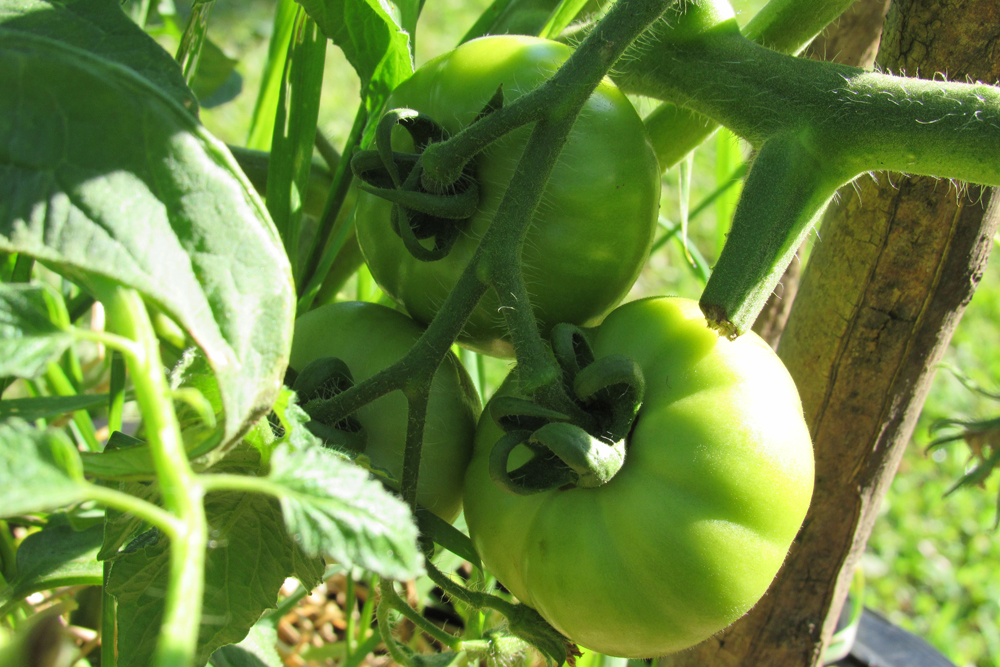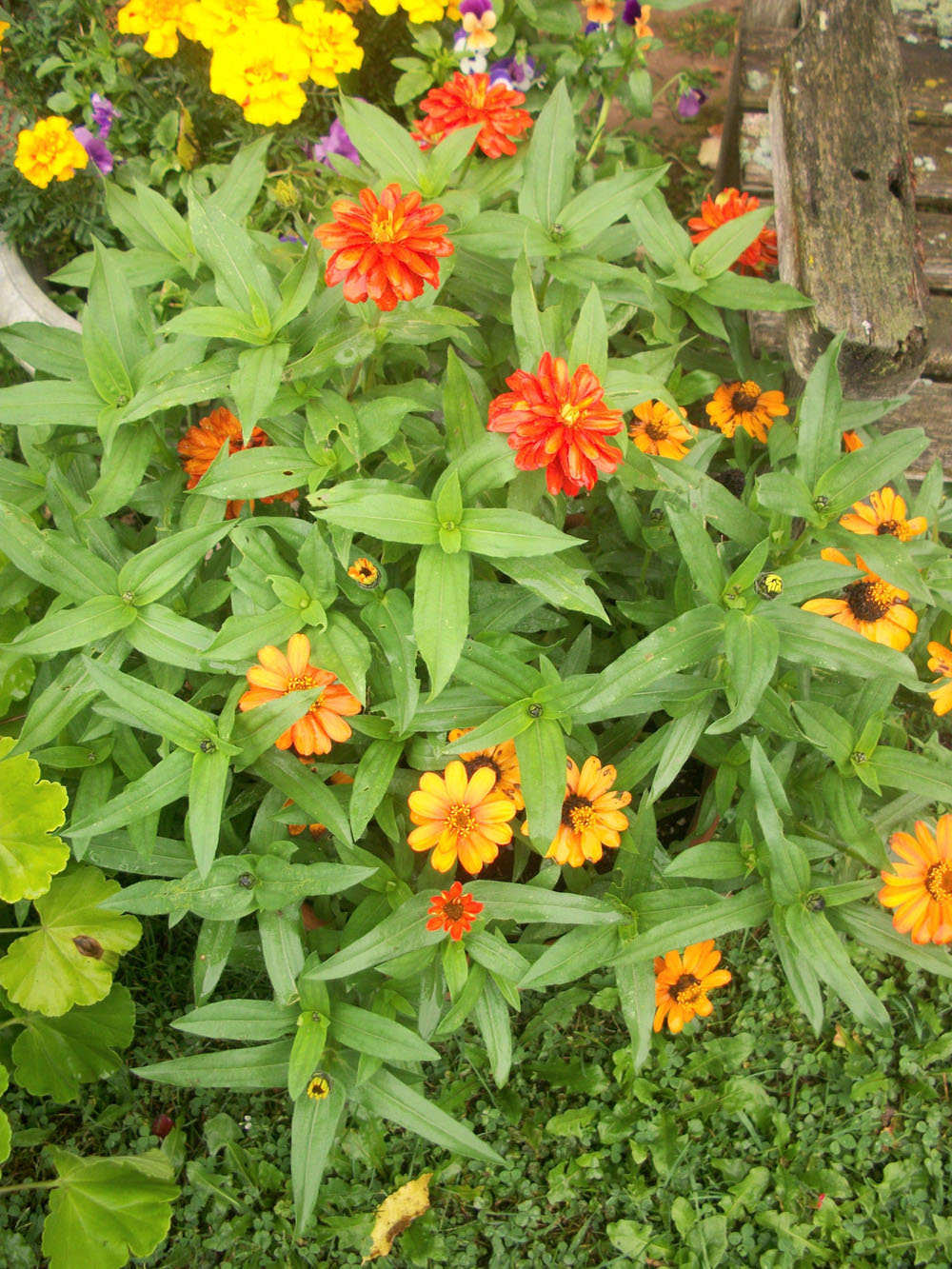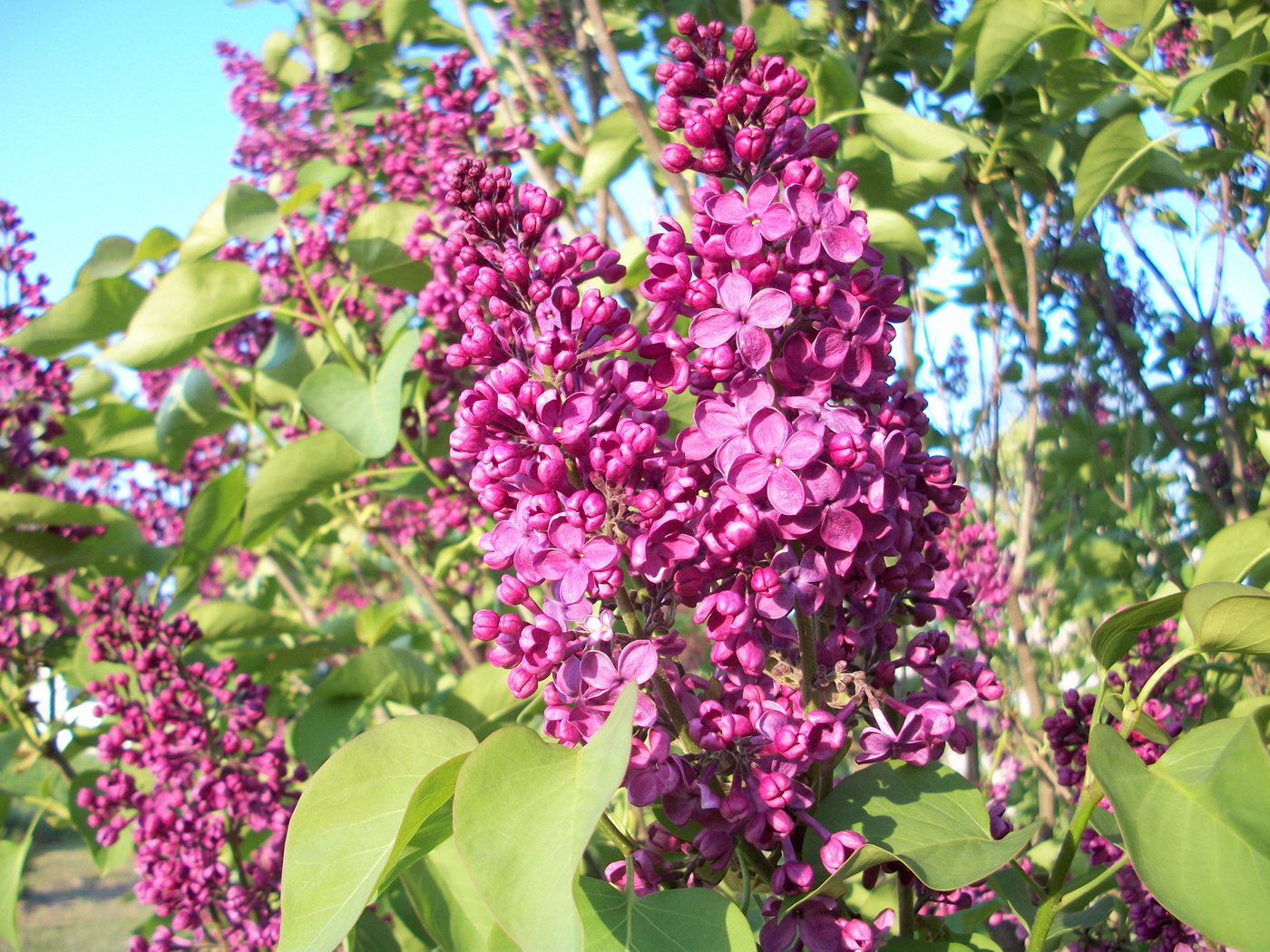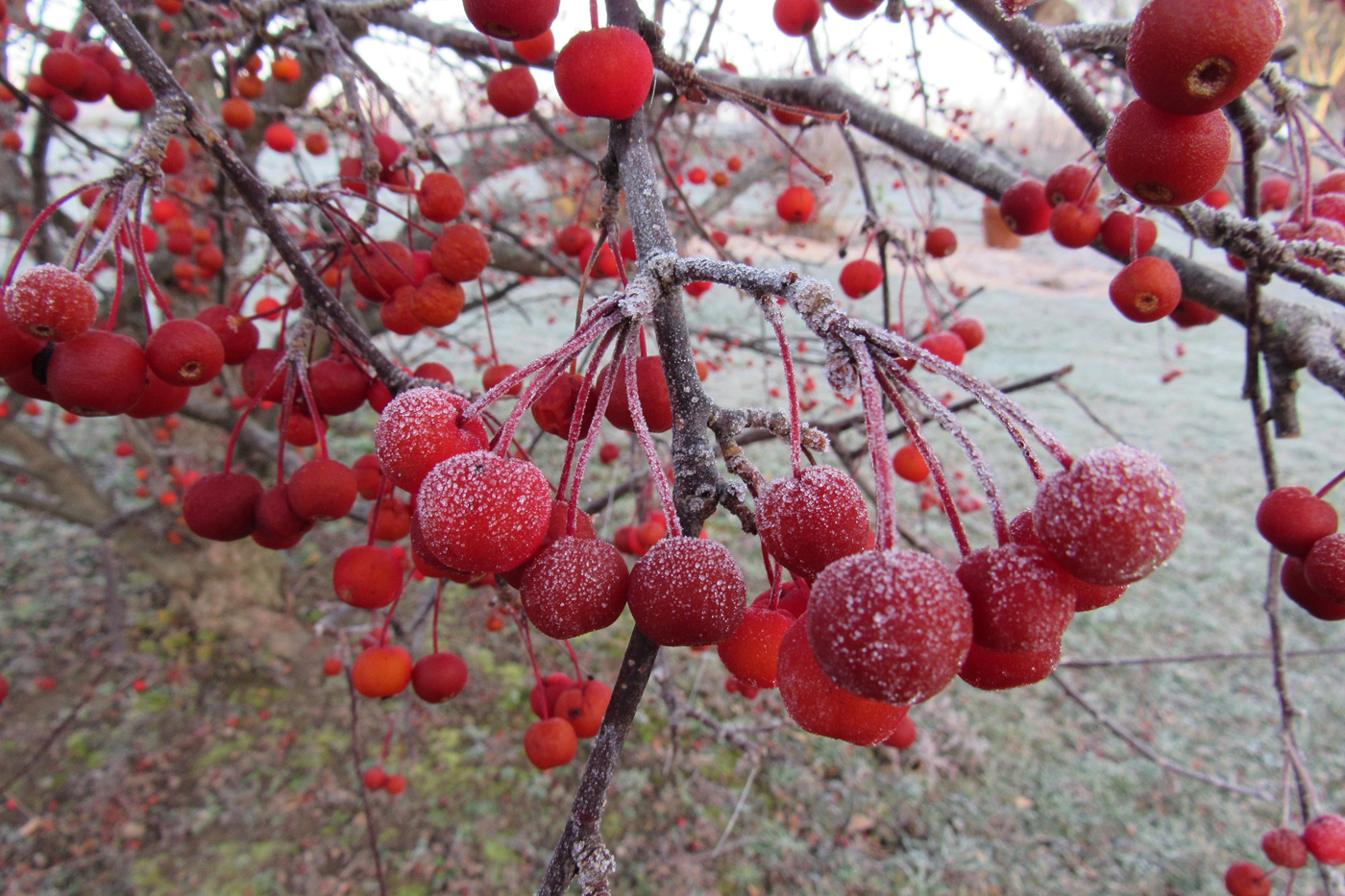Healthy and productive tomatoes

Tomatoes are the most popular edible in home gardens, and by now, you may be enjoying beautiful and delicious tomatoes from your own garden. Homegrown tomatoes are unparalleled in flavor, but despite their enduring popularity, tomatoes can be challenging to grow as they are susceptible to several diseases and pests.
There are several things you can do to keep your tomato plants healthy and productive for the duration of the growing season. The University of Minnesota Extension says keeping a consistent soil moisture level is important to growing the best quality fruit. Blossom-end rot is a noninfectious tomato fruit disorder that occurs after a prolonged dry spell or a period of abundant rainfall and most often affects the first set of fruit produced. Keeping soil moisture levels consistent can help to keep blossom-end rot from developing. Additionally, heavy applications of nitrogen fertilizer can also promote blossom-end rot.
When watering, avoid overhead sprinkling, which can lead to disease. Wet leaves are more disease prone. Disease spores from the soil can be splashed on leaves during overhead watering. Make sure to soak the soil thoroughly when watering. Light watering can lead to shallow root development and cause hot weather drought stress, which can reduce the quality of your harvest. The ideal amount of rainfall each week is one inch. However, sandy soils may require more frequent watering. You can use a trowel to check how far down the soil is wet. If it is only an inch or two, keep watering.
Controlling weeds is also important. It is easier to kill weeds before they become a problem by frequent shallow cultivation with a garden hoe or trowel. Cultivate only deeply enough to cut small weeds off below the surface of the soil. Mulch with grass clippings (make sure they have not been treated with an herbicide), weed-free straw, or other organic material to a depth of three to four inches. Mulches help conserve soil moisture and prevent weed growth.
Use cultural control practices to help reduce disease problems. Certain tomato varieties are very susceptible to diseases, while others are naturally resistant. You can check seed packets and plant tags for a series of letters, which are a code for the diseases that the plant variety can resist. For example, tomato varieties resistant to Verticillium wilt, Fusarium wilt, and root-knot nematode will have the letters VFN on seed packets or plant tags. Some tomato varieties have partial resistance to leaf diseases such as early blight. If you enjoy heirloom varieties, remember they are more likely to lack disease resistance. Make sure when purchasing heirlooms to choose only green and vigorous looking seedlings.
Healthy plants resist diseases better than plants that lack water or nutrition. Tomatoes can grow in many types of soil, but a loamy, well-drained soil is ideal. Tomatoes also like slightly acidic soil with a pH of 6.2 to 6.8. Help boost soil fertility by adding organic material or compost. You may also choose to apply a complete fertilizer at two to three pounds per 100 square feet to supply nitrogen, phosphorus, and potassium. Complete fertilizers include products labeled 5-10-10, 10-10-10, or 8-16-16. Follow label directions carefully and remember excess nitrogen promotes heavy foliage with reduced fruit yield as well as encourages blossom-end rot.
After fruit set, Purdue University recommends side dressing with 0.1 pounds of actual nitrogen per 100 square feet and then again four weeks later, if needed, to keep plants vigorous. Again, over-use of nitrogen can lead to problems such as blossom-end rot, so don’t overdo it; organic compost also makes a great side-dressing for plants.
Finally, remember fungicides must be applied before disease symptoms occur. Providing good coverage means fungicide applications must be repeated over the entire season. Follow label directions carefully.







